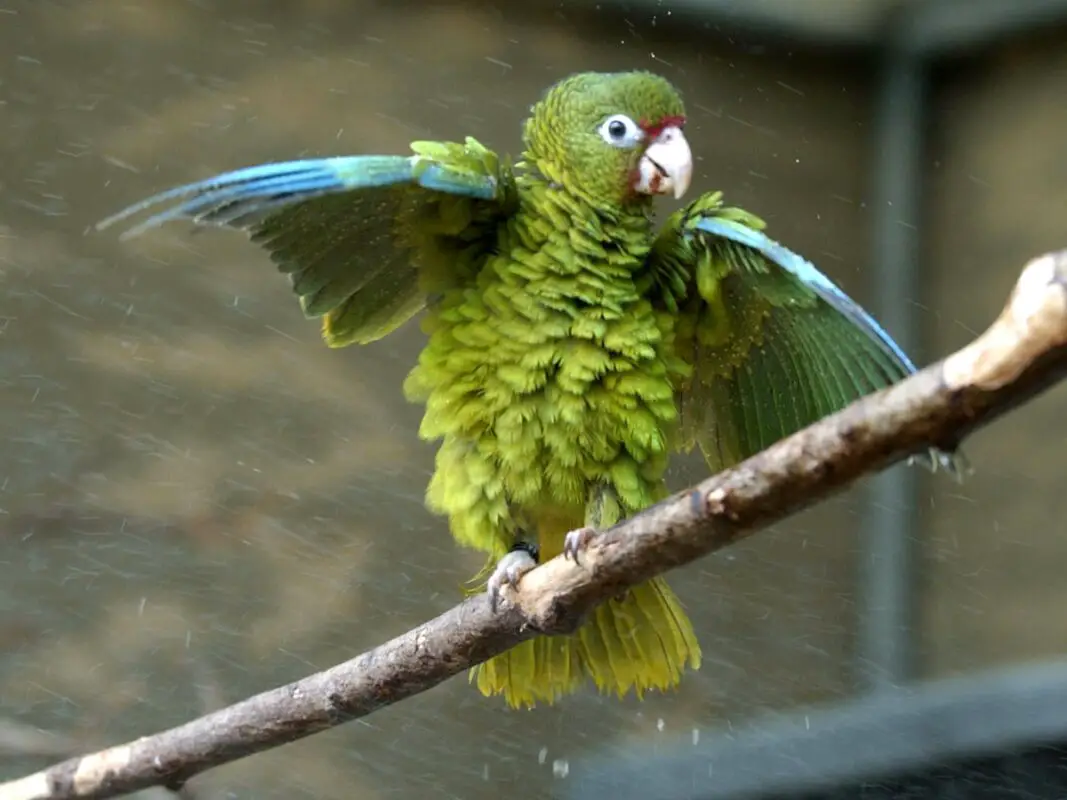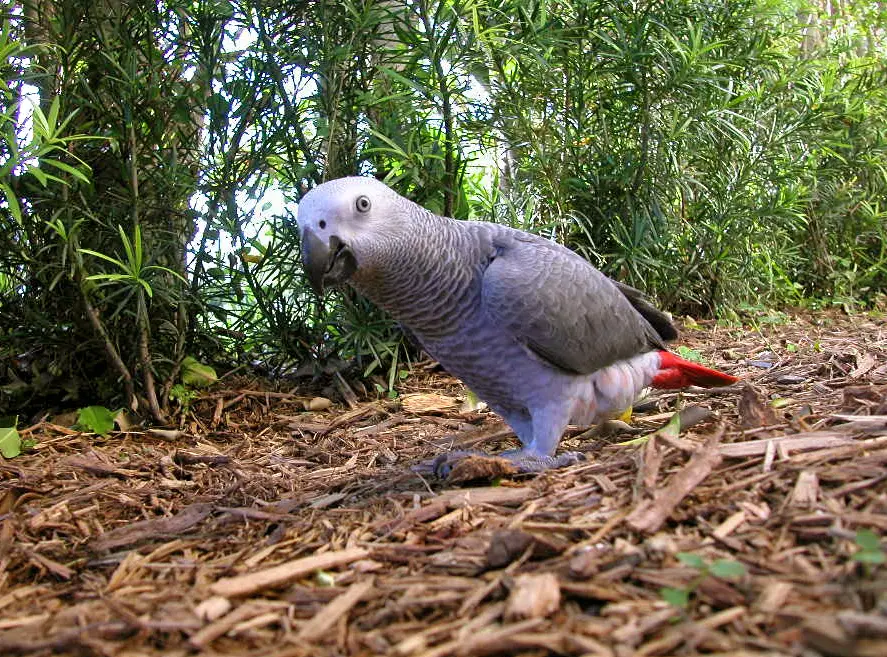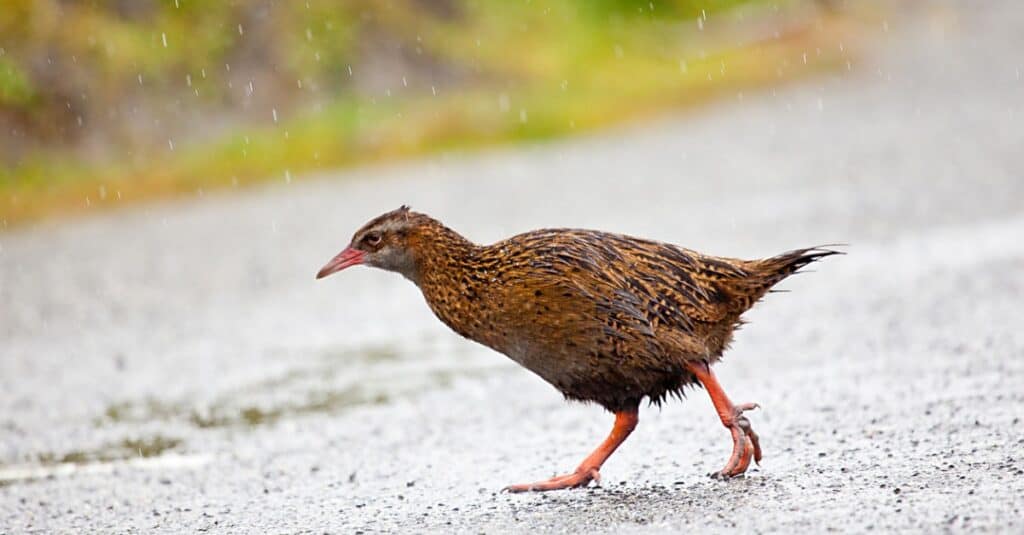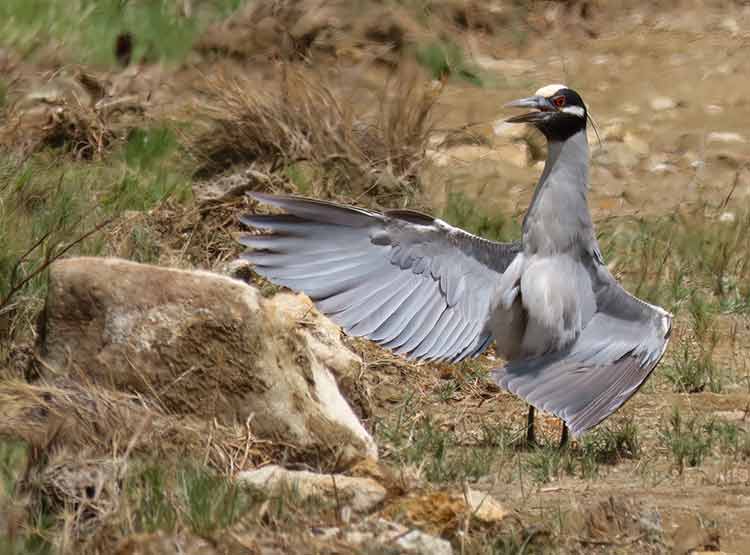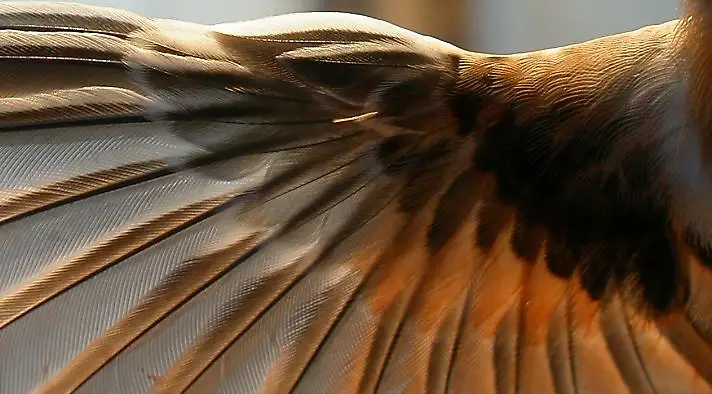Avian Articles, Blogs
Why Birds Flap Their Wings Without Flying: Explained
Did you know that nearly 98% of all bird species flap their wings, even if they don’t fly? This fact shows how complex and important wing flapping is for birds. It helps us understand why birds flap their wings even when they’re not flying.
Birds use their wings in many ways, like to stay warm, talk to each other, and move around. They have special bones that are light, which helps them fly easily. They also eat foods high in calories, giving them the energy they need for their active lives.
Looking deeper, we see how bird wings help them fly and perform different flight moves. Each bird has its own way of flapping its wings, showing how they fit into their environment and what they can do.
Learning about this shows us that flapping wings is more than just for flying. It’s important for surviving and living in the wild.
Key Takeaways
- Birds flap their wings for multiple purposes beyond flight.
- Wing flapping aids in thermoregulation and communication among species.
- Adaptive features like hollow bones assist in minimizing weight for flying.
- Wing shapes and sizes impact the mechanics of lift and flight efficiency.
- Specific behaviors and adaptations are observed in both flying and flightless birds.
Introduction to Bird Flapping Behavior
The bird flapping behavior is more than just for flying. It helps birds warm up, release energy, and talk to each other. Learning about the mechanics of bird wings shows how important these movements are.
Studies show young birds can do all the flight moves even with undeveloped wings3. Different birds flap their wings in unique ways, fitting their needs and social life.
For birds that use wings a lot, like when they’re hunting or running away from danger, flapping is key. Keeping parrots in places where they can fly helps them stay active and safe. Flying also helps parrots stay healthy and less dependent on people4.
Looking into bird flapping behavior helps us understand birds better. We see how flying helps them find food and explore. This shows how important flying is for their health4. It gets us ready to dive deeper into how birds move their wings and connect with their world.
| Function | Description | Context |
|---|---|---|
| Warming Up | Muscles heat through flapping, preparing for activity | Prepares birds for flight or other movements |
| Energy Dispersion | Releases excess energy accumulated in a resting state | Important for maintaining a balanced activity level |
| Communication | Facilitates interaction with other birds through visual signals | Used in social contexts, attracting mates or signaling danger |
| Foraging Aid | Helps in movements related to finding food | Enhances ability to navigate and explore environments |
| Behavioral Health | Impact on psychological well-being | Flight can reduce stress and improve overall mental health |
The Fascinating World of Avian Wing Movement
Avian wing movement shows how different birds adapt to their environments. From the majestic gliding of albatrosses to the fast flapping of hummingbirds, each movement is amazing. These flight adaptations help birds hunt, avoid predators, and show during mating.
Bird flight is a complex mix of lift and thrust forces. The wing flapping pushes air down, keeping balance and moving forward. The shape of a bird’s wing affects its flying skills. Hawks have long, narrow wings, while sparrows have short, wide ones. The bird’s mass and wing size also play a big role in how it flies.
Birds came from theropod dinosaurs, showing how skeletal changes helped them fly. They have a strong heart, expanded blood vessels, and an air sac system for high-altitude flying. Their muscles make up to 30% of their body mass, with the chest muscles helping with lift.
The size and shape of wings vary greatly among birds. The tiny bee hummingbird weighs less than 2 grams, while the kori bustard can weigh nearly 20 kg. This variety helps us understand their roles in nature. Bird wings, like human hands, have different parts for different tasks, affecting how they flap and soar.
Flight feathers are key for thrust and lift, helping maintain an airfoil shape in flight. The flexibility of bird wings lets them change shape quickly, important for handling wind and other conditions. Birds adjust their wing movements for different flight needs, using downstrokes and upstrokes efficiently.
Why Do Birds Flap Their Wings Without Flying
Birds flap their wings for more than just flying. They use different patterns for various reasons. This shows how smart birds are in adapting to their world.
Understanding the Mechanics of Wing Flapping
Wing flapping happens in stages, affecting lift and thrust. The down-stroke creates high pressure under the wings, while the up-stroke adds less thrust. This movement helps birds fly in different ways, like gliding and bounding flight7.
Each bird has its own wing shape and flying style. Some have long wings for gliding, while others have rounder wings for better maneuvering.
Differences Between Flying and Non-Flying Birds
Flying and non-flying birds flap their wings differently. Flying birds flap to move forward. Non-flying birds flap for balance, signals, or to stay warm.
Flighted parrots flap more to connect with their world. This makes them more confident and less dependent on people. Birds like ostriches flap their wings to talk to others or stay stable, showing they adapt in their own ways.
Reasons for Wing Flapping in Birds
Birds flap their wings for many reasons, not just to fly. They do it to communicate and to stay warm. These behaviors show how smart and adaptable birds are.
Communication Through Wing Gestures
Birds flap their wings to talk to each other. They use bird wing gestures to send messages. These can be calls for help, signs of love, or warnings to others.
These gestures help birds stay connected and keep their social groups strong. They also help different bird species talk to each other.
Thermoregulation and Wing Movement
Wing flapping also helps birds stay warm or cool. By moving their wings, they control their body temperature. This is key to staying healthy and active.
They do this by changing how blood flows to their wings and how their feathers are set. This helps them handle changes in the weather.
These combinations of communication and thermoregulation illustrate the multifaceted importance of wing flapping beyond the traditional view of flight.
| Function | Description |
|---|---|
| Communication | Wing gestures signal distress, establish territory, and facilitate mating rituals. |
| Thermoregulation | Adjusting blood flow and feather positioning helps in maintaining body temperature. |
Learning about reasons for wing flapping in birds shows how important it is. It helps us understand how birds live and interact with their world.
Flightless Bird Wing Behaviors
Flightless birds have special wing behaviors that show how they’ve adapted to life without flying. Species like ostriches and kiwis use their wings in ways beyond flying. This makes their lives unique.
Examples of Flightless Birds Like the Ostrich and Kiwi
Ostriches live in African savannas and use their wings for balance and to show off during mating. Their big bodies need wings to stay stable when they run fast. Kiwis from New Zealand use their small wings to balance while they search for food on the ground. These birds show how non-flying birds can still get a lot from their wings.
Adaptations for Wing Flapping Despite Lack of Flight
Flightless birds have evolved in ways that change how their wings look and work. Their wings help with mating and socializing. This shows how bird adaptations can make a big difference in their lives.
Bird Flight Adaptations and Their Importance
Birds have special features that help them fly. These features make flying easier and help them survive. They let birds move through different places in nature. This shows how amazing these birds have become over time.
Structural Features of Bird Wings
The structural features of bird wings are key for flying well. These wings have a special hinge. It lets them move up and down. This helps reduce air resistance and increase lift, changing how birds move through the air.
Strong chest muscles and wing design help birds beat the air resistance. This makes them lift off the ground.
The Role of Hollow Bones in Wing Flapping
Hollow bones in birds are another important feature. They make the bird light but still strong . With air sacs, these bones make flying easier and more efficient.
Birds have high energy levels and special breathing systems. This lets them fly for a long time. They can find food, travel long distances, and avoid predators .
Wing Flapping Patterns in Birds
Exploring the different wing flapping patterns in birds helps us understand their adaptations and behaviors. Over 9,000 bird species exist worldwide, each with unique wing movements suited to their environment. These patterns include continuous flapping, passive soaring, and intermittent gliding, reflecting their lifestyles and habitats.
Some birds have wings that are key to their flapping patterns. For example, eagles and most hawks use passive soaring wings. Albatrosses and gulls use active soaring wings. Crows and sparrows have elliptical wings, which help them in various flight strategies. Hummingbirds stand out for hovering, beating their wings up to 80 times a second, spending about 90 percent of their time hovering.
The table below shows different flapping patterns and the bird species that use them. It highlights how these patterns relate to foraging strategies and saving energy.
| Wing Type | Example Species | Flapping Pattern |
|---|---|---|
| Passive Soaring | Eagles, Hawks, Storks | Gliding with minimal flapping |
| Active Soaring | Albatrosses, Gulls, Gannets | Continuous flapping with gliding periods |
| Elliptical | Crows, Ravens, Sparrows | Versatile flapping, frequent changes in speed |
| High-Speed | Falcons, Swifts, Terns | Rapid, aggressive flapping for speed |
| Hovering | Ruby-throated Hummingbird | Quick, circular flapping to maintain position |
Comparative Analysis of Wing Movement in Flying Versus Non-Flying Birds
About 60% of bird species don’t fly, showing how wing movement is used for more than just flying. This means over half of birds flap their wings even if they don’t fly. This behavior is key in many ecosystems.
Flying birds flap their wings to create thrust and lift. But non-flying birds use their wings for talking and staying warm. This shows how different birds adapt to their environments.
Studies on wing flapping have shown how birds evolved to fly. They looked at how strong the flight muscles are in different birds.
Final Thoughts
Why do birds flap their wings even when they’re not flying? It’s not just a simple question. Flapping is key to their survival and plays a big role in their lives. It helps them talk to each other, stay warm, and adapt to their surroundings.
Smaller birds flap more to use their muscles, while bigger birds flap less to save energy. This shows how different birds have found their own ways to survive.
Migratory birds, for example, have special ways to fly long distances without getting too tired. They use different flying styles to make the most of their energy. This shows how birds have evolved to meet their challenges.
Looking into how birds flap their wings helps us understand their amazing abilities. These actions let them live in their environments and overcome obstacles. It shows us why it’s important to know why birds flap their wings even when they’re not flying.

